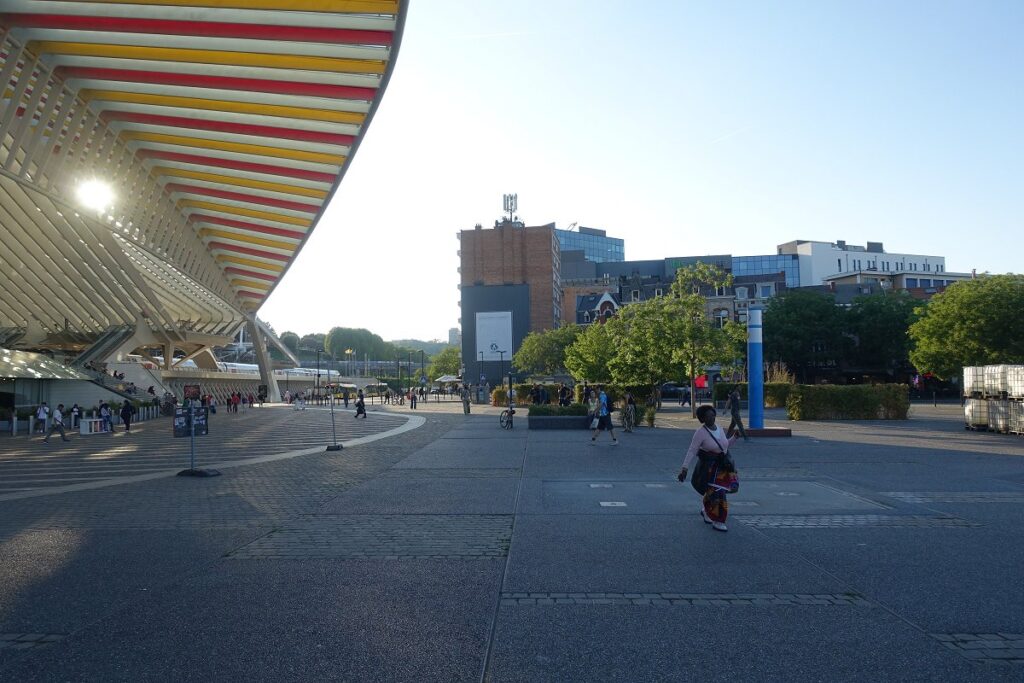Liège transformation and gentrification
The downside of gentrification. The city of Liège in Wallonia (Belgium) has been an example of so-called urban rehabilitation for many years. Since the opening of the new, architecturally spectacular Liège-Guillemins station (2009), the city has acquired a modern image and realised a series of new projects. However, it is also a clear case of gentrification. This was something Favas.net could confirm during a recent working visit. In the heart of the Guillemins station district, the public space has been completely redesigned. Firstly, at the time as the entrance to the new station and opening-up zone for new purposes. And now also as space for the intersection with the new tramway (opened last month). On the other hand, a large part of the station area has been demolished and many of the original residents and local entrepreneurs have been displaced. Symbolic is the dismantling of the prostitution that was traditionally located directly at the station and which now only takes place in a much reduced form in premises along the Rue Varin.

Forecourt of the station on the site of the demolished part of the old neighbourhood, May 30, 2025

Rue des Guillemins, the old main street that is still intact, May 30, 2025
Source: Favas.net (special thanks to Jake Wiersma)
Images: Favas.net
The downside of gentrification.
See also the case of red light zones.

